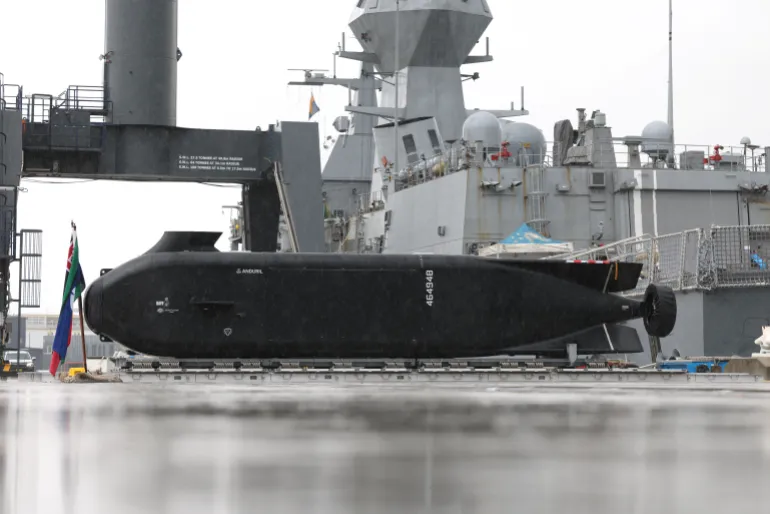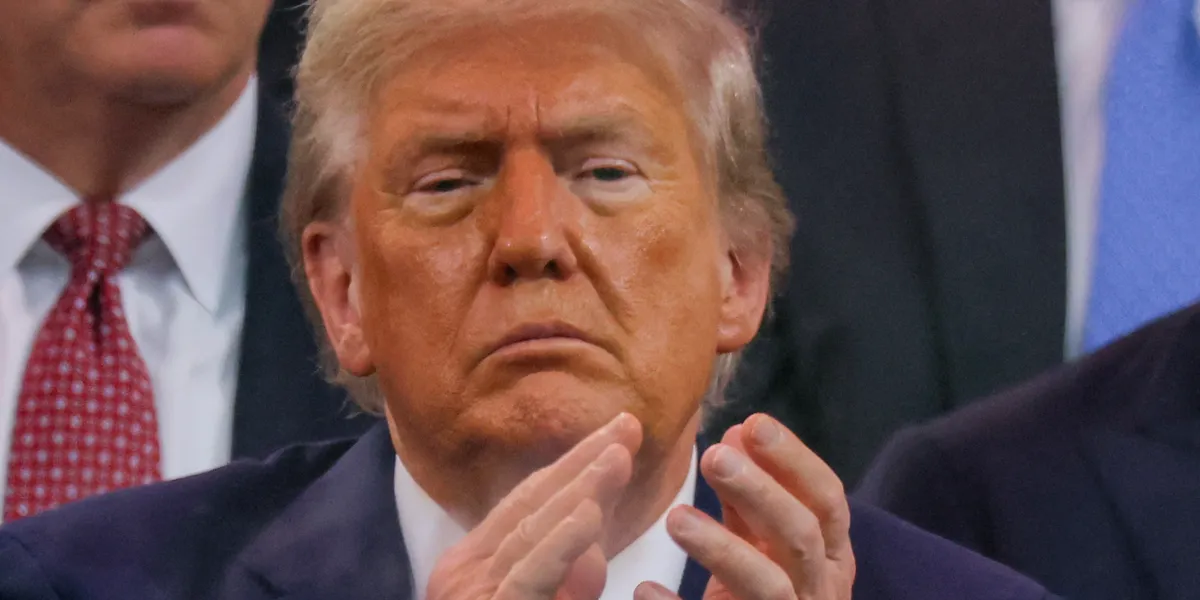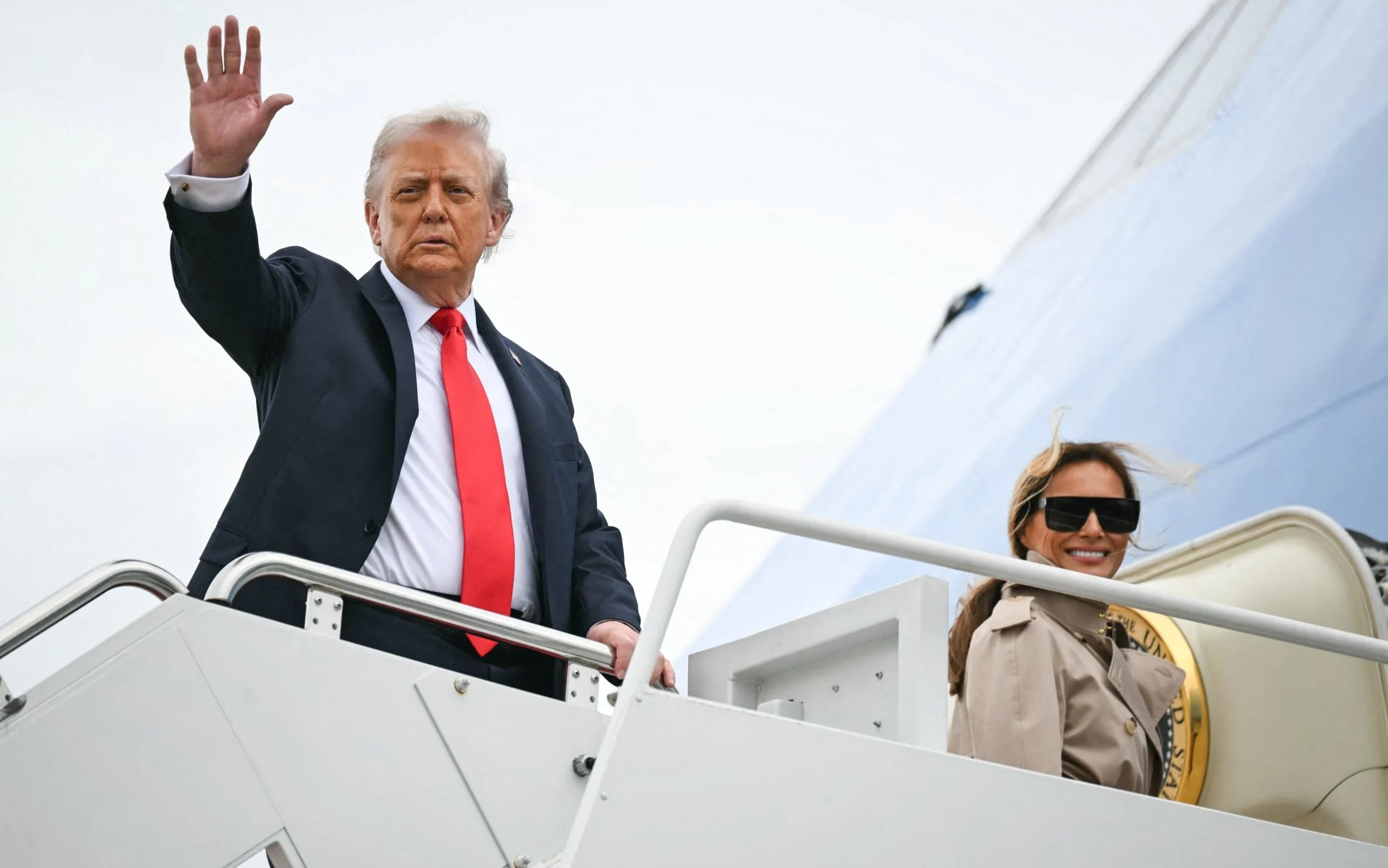By admin
Copyright dawatmedia24

Australia will spend 1.7 billion Australian dollars ($1.1bn) on a fleet of extra-large underwater “Ghost Shark” attack drones, in a major step to modernize its naval capabilities amid growing strategic competition in the Asia-Pacific.
Defence Minister Richard Marles announced on Wednesday that the Ghost Shark autonomous underwater vehicles (AUVs) would provide long-range, stealthy strike and surveillance capabilities to supplement both Australia’s surface fleet and its future fleet of nuclear-powered submarines.
“This is a profoundly important capability for the Royal Australian Navy,” Marles said. “We have consistently articulated that Australia faces the most complex, and in some ways, the most threatening, strategic landscape that we have had since the end of the Second World War.”
Advanced Capabilities
The Ghost Shark drones, developed in partnership with Anduril Australia, will be able to conduct intelligence, surveillance, reconnaissance, and strike missions. With stealth technology and an extended operational range, they are designed to operate in contested environments where traditional crewed submarines may face higher risks.
“This is the highest-tech capability in the world,” Marles added, stressing that the drones would give Australia a decisive edge in undersea warfare. Defence Industry Minister Pat Conroy confirmed that dozens of Ghost Sharks would be built domestically, with the first units expected to enter service by early 2026.
Strategic Rationale
Australia’s Defence Science and Technology Group has long emphasized the importance of autonomous systems due to the country’s unique geography. With a vast coastline and more than 3 million square kilometres (1.1 million square miles) of ocean to patrol in its northern approaches, drones offer a cost-effective and flexible way to defend maritime territory despite Australia’s relatively small population.
The Ghost Shark project is also seen as a bridge capability while Australia develops nuclear-powered submarines under the trilateral AUKUS pact with the United States and the United Kingdom. Those submarines, which will provide extended undersea reach and endurance, are expected to take decades to build and deploy.
Political and Global Context
The announcement comes as Australia intensifies its military restructuring, shifting its focus toward long-range strike, cyber defence, and unmanned systems. Analysts view these moves as part of a broader effort to counterbalance China’s rapid military expansion in the Indo-Pacific, particularly in the South China Sea and Taiwan Strait.
However, the AUKUS submarine deal has not been without controversy. Critics in the United States have questioned the transfer of scarce nuclear-powered submarines to Australia at a time when the U.S. Navy itself is under pressure to meet global commitments. Former U.S. President Donald Trump’s administration, returning to office, has reportedly placed AUKUS under review to ensure it aligns with his “America First” agenda.
Despite these uncertainties, Australia is positioning itself as a leader in autonomous undersea warfare. Officials also see opportunities to export the Ghost Shark to allied nations, strengthening defence ties within the region and beyond.
“This is not just about Australia,” Conroy said. “We’re building sovereign capability that has the potential to be shared with trusted partners. It shows that Australia is at the forefront of defence innovation.”
Support Dawat Media Center
If there were ever a time to join us, it is now. Every contribution, however big or small, powers our journalism and sustains our future. Support the Dawat Media Center from as little as $/€10 – it only takes a minute. If you can, please consider supporting us with a regular amount each month. Thank you
DNB Bank AC # 0530 2294668
Account for international payments: NO15 0530 2294 668
Vipps: #557320
Donate Here



